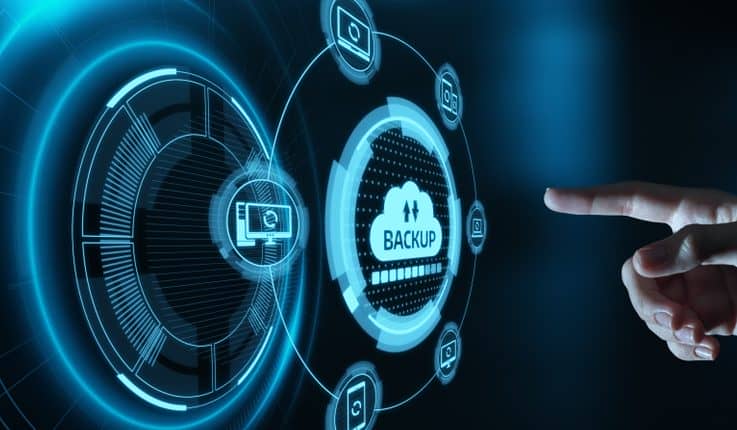The Imperative of Data Backup in Cybersecurity
In today’s digital age, cybersecurity is not just a buzzword; it’s a necessity. With cyber threats lurking at every corner, businesses cannot afford to be complacent. While basic defenses like anti-virus software play a role, a robust data backup strategy is the real game-changer. Here’s why.
1. The Stakes are High
Data is the lifeblood of modern businesses. From customer details to financial records, losing this data can have catastrophic consequences. Not only can it disrupt daily operations, but it can also tarnish a company’s reputation.
2. What is Data Backup?
Data backup involves creating duplicate copies of vital data and storing them in secondary and, ideally, tertiary locations. This ensures that even if the primary data source is compromised, the business can still access its crucial information.
Top Data Backup Options for Businesses
1. Cloud Backup Services
The cloud has revolutionized data storage. Offering off-site storage solutions, cloud backup ensures that data remains accessible even in the face of disasters. However, the costs can add up, especially for services offering unlimited storage.
2. Data Backup Software
This software offers flexibility and a plethora of features. It allows businesses to customize their backup processes, automate backups, and allocate specific hardware for different data types.
3. External Hard Drives
A staple in many backup strategies, high-volume external hard drives, especially when paired with archiving software, can be a reliable backup solution. However, as data volumes grow, businesses might need to explore more intricate backup methods.
4. Hardware Appliances
These are high-capacity devices with in-built backup software. Once set up, they automatically store the data as specified. Ideally, these should be placed off-site for added security.
5. Removable Media
While simple and straightforward, removable media like USB sticks and DVDs are more suited for smaller data volumes. For larger backups, the recovery process can become cumbersome. Moreover, it’s crucial to store these backups in a secure off-site location.
Staying Ahead in the Backup Game
Given the dynamic nature of technology, maintaining a data backup strategy can seem daunting. However, with the right tools and a proactive approach, businesses can ensure that their data remains safe and accessible, come what may.
In conclusion, in the battle against cyber threats, data backup is a company’s best ally. By investing in robust backup solutions, businesses can safeguard their most valuable asset: their data.


